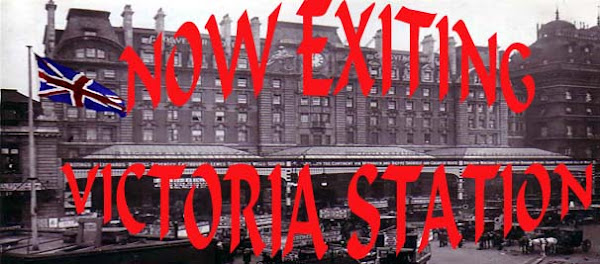This post comes with a very important disclaimer. I have the flu. I refuse to allow it to keep me from updating my blog on time, but I beg that any bizarre tangents, blatant errors or inexplicable non-sequiters may be processed by the reader through the knowledge that my mind is currently in a most disreputable state. Therefore, read on, MacDuff.
The foregrounding of the snail is an intriguing device. I am irretrievably reminded of Dead Poet’s Society when Mr. Keating forces his students to stand on his desk to view the room at a different angle. Far from a pointless exercise, it allowed them to readjust, if only slightly, their perspective on the classroom, if not the world. The suggestion that Kew Gardens has no “moral,” as John Oakland claims E.M. Forster believed, therefore fall flat, in my opinion. The very choice to offer the snail’s perspective of the garden and the people who pass through it is some kind of lesson at least.
Perhaps I’m reading this in an odd and unintended manner, but the opening of Kew Gardens sure sounds a bit “Romantic” to me. After spending a class drawing up the differences between the romantics and the classicists, and in particular placing the latter above the former in general, I cannot help but wonder if, like the distinction between heroic and domestic modernism, Woolf may have entertained a higher opinion of romanticism than did many of her contemporaries. The work is, after all, heavily laden with nature imagery and in particular, the repetition of “heart-shaped and tongue-shaped leaves,” connects flora and fauna in a, dare I say it? Wordsworthian sort of way.
That said, I was struck by the sheer freshness of the piece. Self-aware is the word I would choose. It was as if Woolf wrote it chiefly as a study of itself. There was the fabulous and intentional study of metaphor with the shoe and the dragonfly as well as the couples under the trees as the ghosts of the past. The heavy imagery, the symbolism of the snail’s journey and the futility of vocal silence, the exploration of inner monologue and outward dialogue, directly spoken and indirectly overheard… It was as if it was written as a challenge: “Write a story about how to tell a story, but don’t let anyone know that’s your aim.” Perhaps it’s just me. Perhaps it’s my addled brain.
If that whole idea seems a bit far fetched, consider that the last paragraph presents a directed interpretation of her own work: “Yellow and black, pink and snow white, shapes of all these colours, men, women, and children…” she has returned to the intense description of the opening of the story, but has included in the shades of colour the people in the garden as well. It seems that Woolf is actually making a very real statement about the place of people within the world – no more, but no less important, diverse and beautiful than any other element of nature. In addition, the observation that voices are not breaking in upon silence because there is no silence, is a point I’d like to discuss in class as I consider myself ill-equipped to tackle it alone in my present state of mind.
As to The Mark on the Wall, I agree with the string of scholars quoted by Marc D. Cyr in the beginning of his article, particularly. Woolf makes an interesting point in her story, namely, that the burning desire for concrete evidence of all things can be a detriment to the faculty of understanding. I return to a point I have made a few times this semester: the distinction between Truth, which the modernists rejected, and truth, which they sought. What makes The Mark on the Wall is that at any given moment in the story the mark actually was whatever it was speculated to be at that moment. The definite pronouncement at the end that it is a snail denies those truths and instead puts forward a Truth. The presentation shows that Woolf intended for her reader to rebel at the conclusive proof of the mark’s nature. I, at least, was disappointed, for the speculation was the joy of the story, not the answer. To spout a cliché, it is the journey, not the destination from whence the pleasure is derived. This reversal of expectations – to ask “what is the mark?” to wonder and consider and learn and then to be disappointed with an actual answer, well, that is an impressive feat indeed. Woolf manages in The Mark on the Wall to achieve something incredible; she actually alters the reader on an intrinsic level. From “I must know” to “I am happy just to wonder” in a few short pages.
Monday, February 18, 2008
Subscribe to:
Post Comments (Atom)



No comments:
Post a Comment